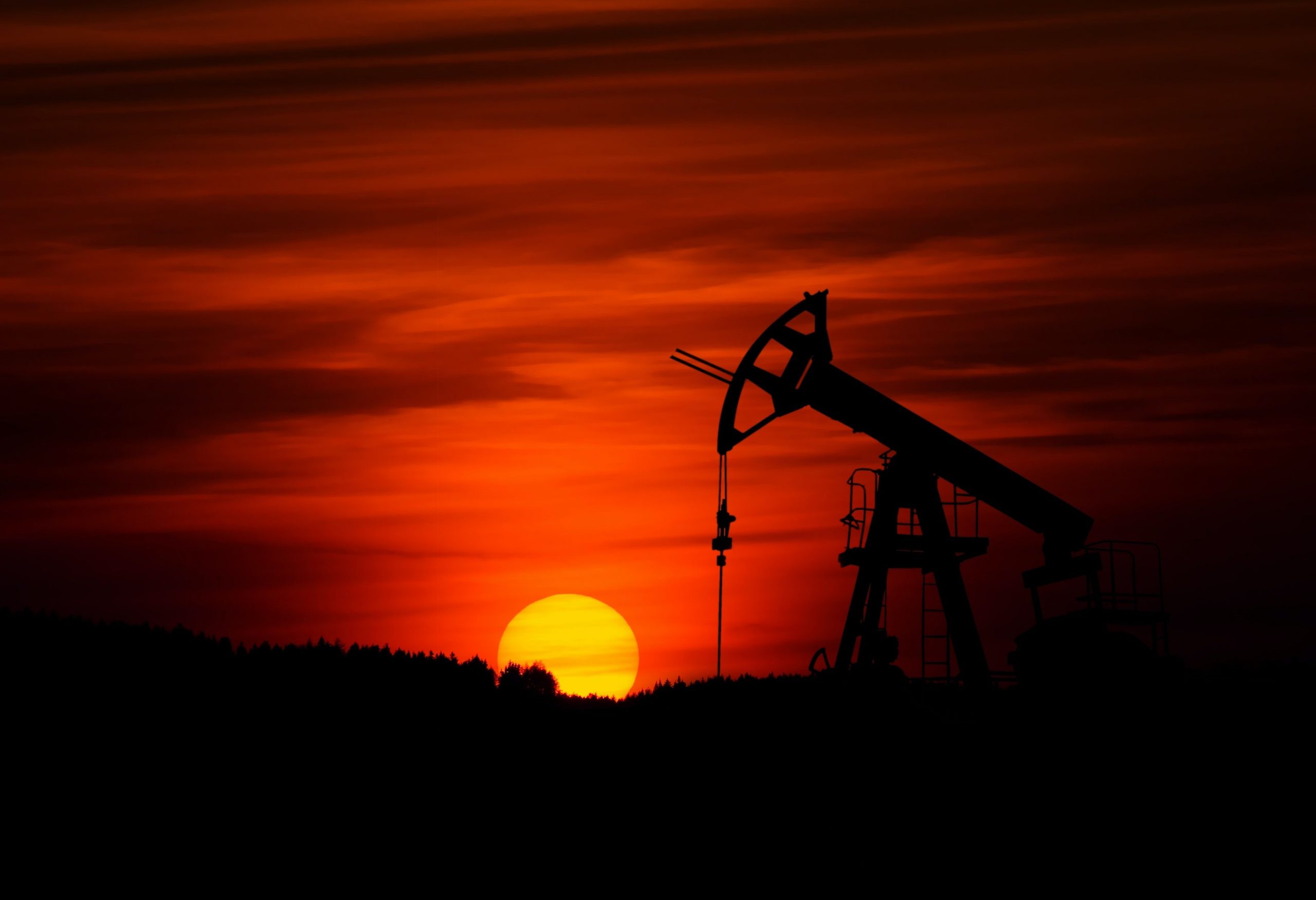Oil prices fell further on Monday, owing to concerns that extended COVID-19 lockdowns in Shanghai and expected rate hikes in the United States would stifle global economic development and fuel demand.
Also Read| Trade Setup: Top 15 things to know before market opens on April 25, 2022
Brent crude prices were down $1.90, or 1.8%, to $104.75 a barrel, while WTI crude futures were down $1.89, or 1.9%, to $100.18 a barrel. Last week, demand concerns caused the benchmarks to drop nearly 5%.
Also Read| Trending Stocks: Future Retail, RIL, ICICI, Hindzinc and others in news today
Shanghai officials are erecting fences around residential buildings to combat a COVID-19 outbreak, according to Reuters, provoking a new public outrage over a lockdown that has confined much of the city’s 25 million inhabitants indoors.
Also Read| Stocks that should be on your watchlist on Monday, April 25, 2022
When the Federal Reserve meets in May to approve the next in what is likely to be a sequence of rises this year, Chairman Jerome Powell has said that a half-point increase “will be on the table.”
U.S. energy companies added oil and natural gas rigs for the fifth week in a row, despite high prices and government pushing.
Also Read| Fuel price today: Petrol and Diesel rates remain unchanged on April 25, 2022
Russia-Kazakh Caspian Pipeline Consortium (CPC) was restarting full exports on April 22 after over 30 days of interruptions due to maintenance to one of its key loading facilities, reported Reuters citing sources.
Also Read| US Stock Market: DJIA, S&P500, Nasdaq and Russell ended 2.5% down on Friday
Few analysts believe that the deepening crisis in Ukraine will increase pressure on the EU to impose sanctions on Russian oil and that prices will rise later this year.
Russia is Europe’s largest gas supplier and the world’s second-largest oil exporter after Saudi Arabia.
Also Read| LIC IPO expected to go public on May 2 with trimmed issue size: Report
Morgan Stanley increased its Brent pricing projection for the third quarter to $130 per barrel, noting a “greater deficit” this year owing to weaker supply from Russia and Iran, which is expected to balance short-term demand challenges.







